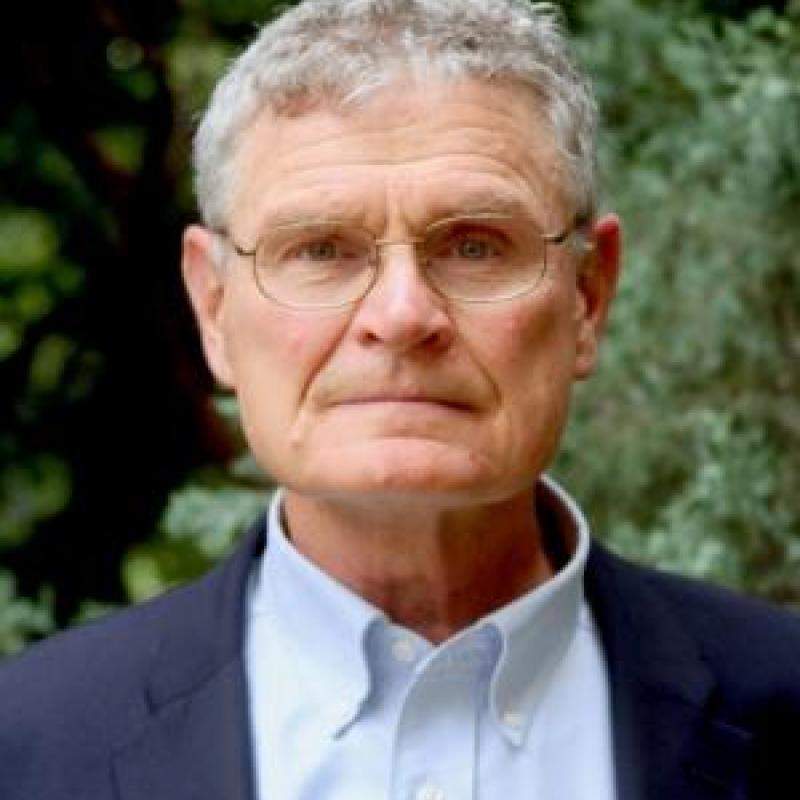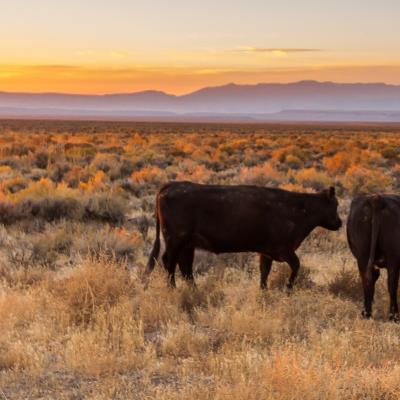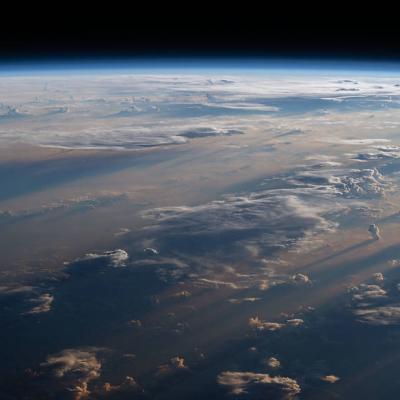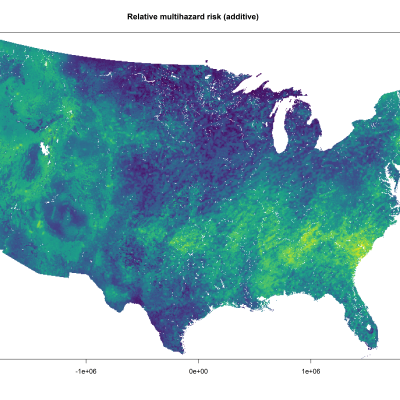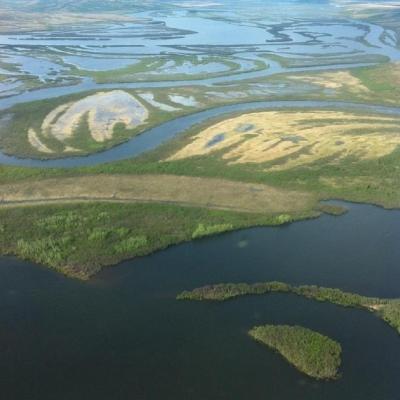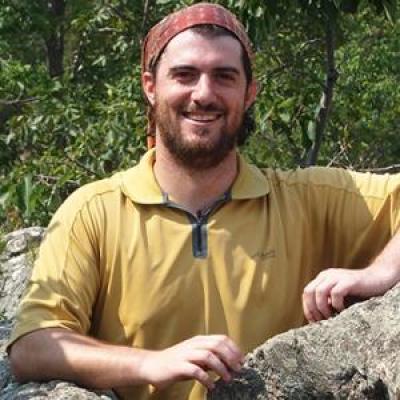In Earth Lab, Travis leads work on environmental risk and decision-making, and developing the science and tools that can improve adaptation to a changing environment, with a recent focus on agriculture, infrastructure, insurance, and hazards mitigation, areas sensitive to the pace and pattern of environmental change.
Prof. Travis studies the human dimensions of natural hazards and climate change. His current projects focus on risk and decision-analysis applied to climate adaptation in agricultural, ecosystem, and infrastructural systems. Prof. Travis teaches classes in environmental geography, natural hazards and risk analysis, and research design. His first study of how people use weather information was published in 1979 and his first study of adaptation to climate change in natural resource systems was published in Climatic Change in 1981. Much of his early work on adaptation was based on interviews of farmers, water planners, and hazard managers. Now most of his work applies quantitative risk and decision analysis to simulate adaptation, evaluate the value of information like climate projections, and develop tools that can help resource managers adjust to a changing climate.
